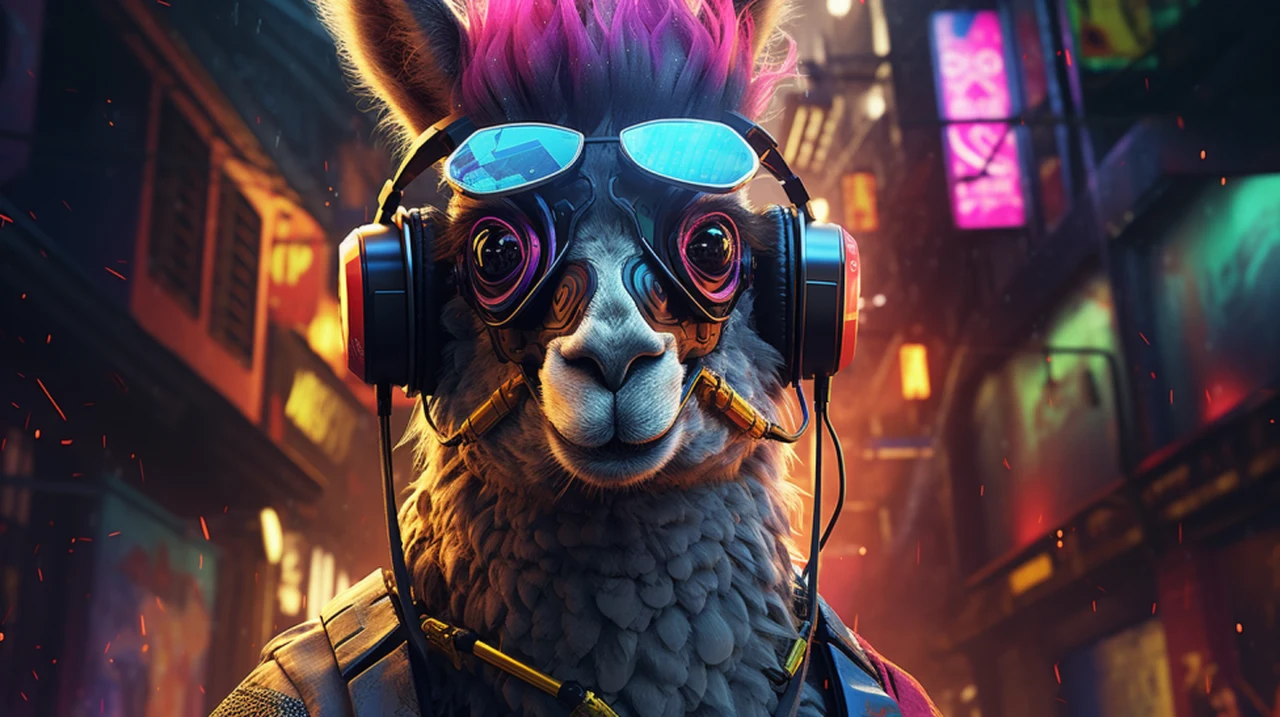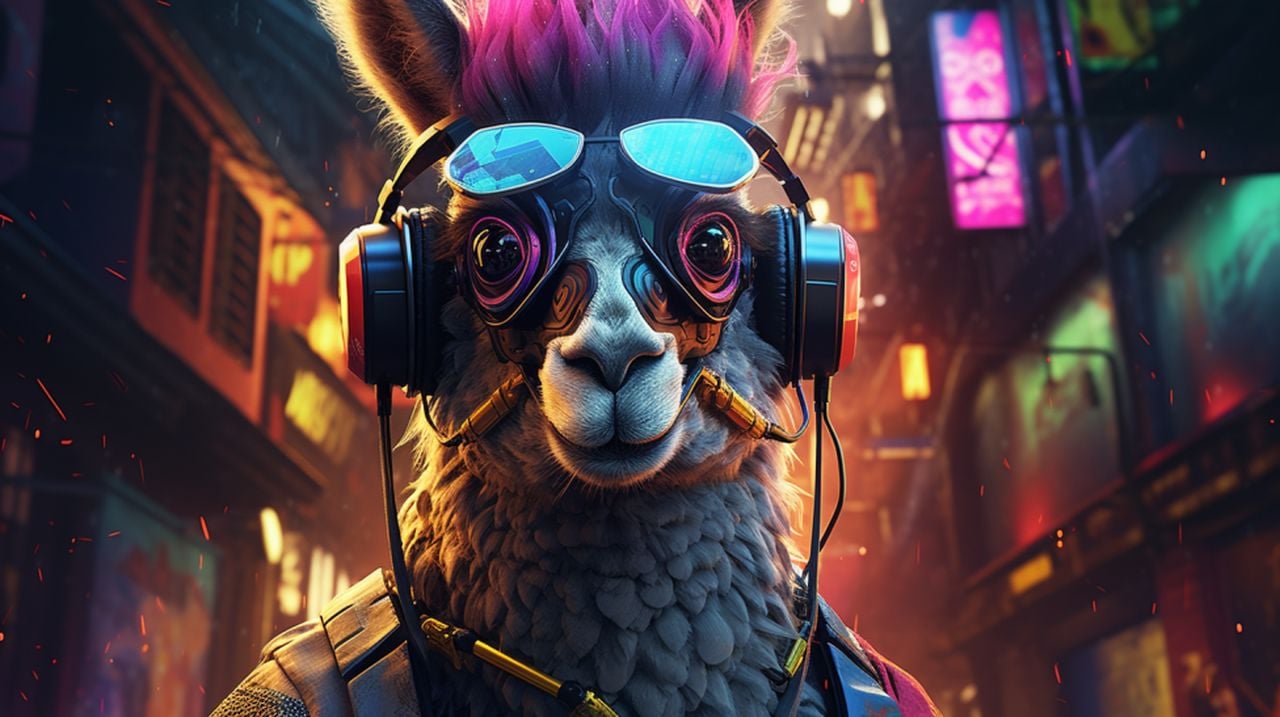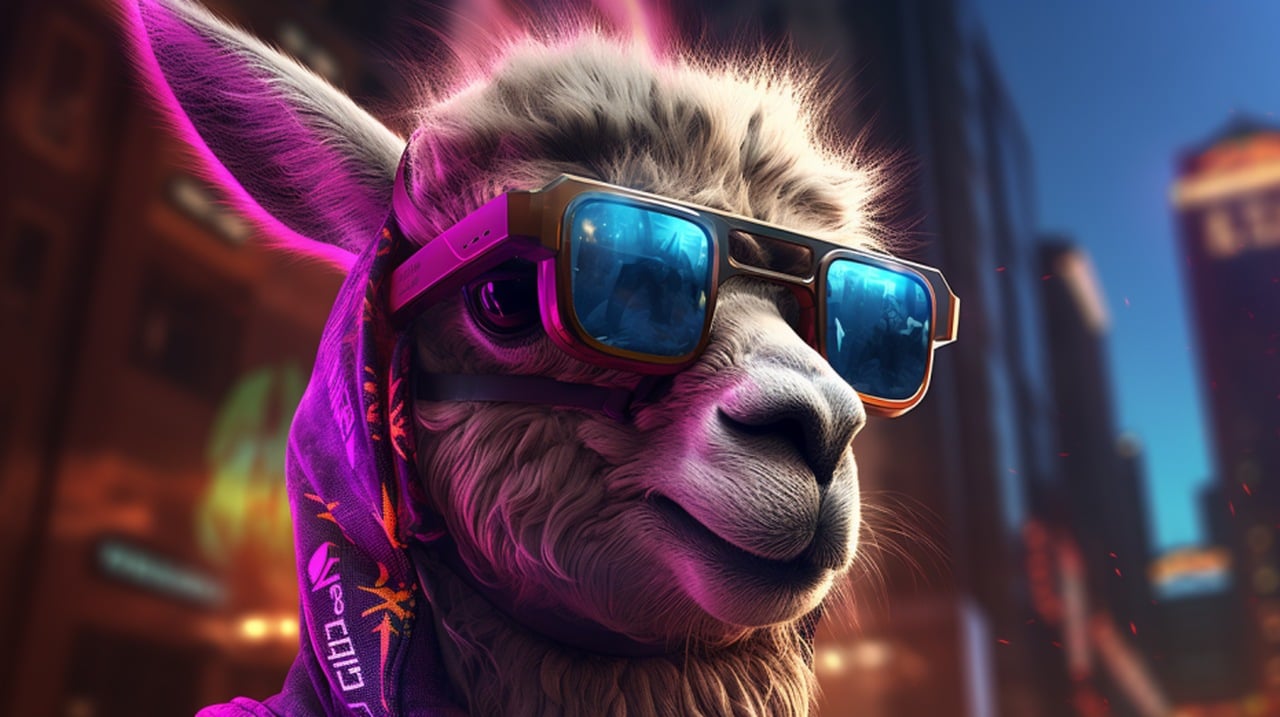
If you are looking for ways to easily fine-tune and train large language models (LLMs) you might be interested in a new project called LLaMA Factory. that incorporates the LLaMA Board a one-stop online web user interface method for training and refining large language models. Fine-tuning large language models (LLMs) is a critical step in enhancing their effectiveness and applicability across various domains.
Initially, LLMs are trained on vast, general datasets, which gives them a broad understanding of language and knowledge. However, this generalist approach may not always align with the specific needs of certain domains or tasks. That’s where fine-tuning comes into play. One of the primary reasons for fine-tuning LLMs is to tailor them to specific applications or subject matter.
For instance, models trained on general data might not perform optimally in specialized fields such as medicine, law, or technical subjects. Fine-tuning with domain-specific data ensures the model’s responses are both accurate and relevant, greatly improving its utility in these specialized areas. Moreover, fine-tuning can significantly enhance the model’s overall performance. It refines the model’s understanding of context, sharpens its accuracy, and minimizes the generation of irrelevant or incorrect information.
Using LLaMA Factory to find tune LLMs is not only efficient and cost-effective, but it also supports a wide range of major open-source models, including Llama, Falcon, Mistol, Quin chat, GLM, and more. The LLaMA Factory features a user-friendly web user interface (Web UI), making it easily accessible to users with different levels of technical knowledge. This intuitive interface allows you to adjust the self-cognition of an instruction tune language model in just 10 minutes, using a single graphics processing unit (GPU). This swift and efficient process highlights the LLaMA Factory’s dedication to user-friendly design and functionality.
Easily fine tune LLMs using LLaMA Factory
Furthermore, the LLaMA Factory gives you the ability to set the language, checkpoints, model name, and model path. This level of customization ensures that the model is tailored to your specific needs and goals, providing a personalized experience. You also have the option to upload various files for model training, enabling a more focused and individualized approach to model development.
Other articles we have written that you may find of interest on the subject of fine tuning large language models:
LLaMA Factory
After your model has been trained and fine-tuned, the LLaMA Factory provides you with the tools to evaluate its performance. This essential step ensures that the model is operating at its best and meeting your predefined goals. Following the evaluation, you can export the model for further use or integration into other systems. This feature offers flexibility and convenience, allowing you to get the most out of your model. If you’re interested in integrating GPT AI models into your website check out our previous article.
Beyond its technical capabilities, the LLaMA Factory also plays a vital role in nurturing a vibrant AI community. It provides a private Discord channel that offers paid subscriptions for AI tools, courses, research papers, networking, and consulting opportunities. This feature not only enhances your technical skills but also allows you to connect with other AI enthusiasts and professionals. This fosters a sense of community and encourages collaboration and knowledge sharing, further enriching your experience.
Fine tuning LLMs
Another critical aspect of fine-tuning involves addressing and mitigating biases. LLMs, like any AI system, can inherit biases from their training data. By fine-tuning with carefully curated datasets, these biases can be reduced, leading to more neutral and fair responses. This process is particularly vital in ensuring that the model adheres to ethical standards and reflects a balanced perspective.
Furthermore, the world is constantly evolving, with new information and events shaping our society. LLMs trained on historical data may not always be up-to-date with these changes. Fine-tuning with recent information keeps the model relevant, informed, and capable of understanding and responding to contemporary issues. This aspect is crucial for maintaining the model’s relevance and usefulness.
Lastly, fine-tuning allows for customization based on user needs and preferences. Different applications might require tailored responses, and fine-tuning enables the model to adapt its language, tone, and content style accordingly. This customization is key in enhancing the user experience, making interactions with the model more engaging and relevant. Additionally, in sensitive areas such as privacy, security, and content moderation, fine-tuning ensures the model’s compliance with legal requirements and ethical guidelines.
In essence, fine-tuning is not just an enhancement but a necessity for LLMs, ensuring they are accurate, unbiased, up-to-date, and tailored to specific user needs and ethical standards. It’s a process that significantly extends the utility and applicability of these models in our ever-changing world.
The LLaMA Factory represents a great way to quickly and easily fine tune large language models for your own applications and uses. Its user-friendly interface, customization options, and community-building features make it an invaluable tool for both AI beginners and experts. Whether you’re looking to develop a language model for a specific project or seeking to expand your knowledge in the field of AI, the LLaMA Factory offers a comprehensive solution that caters to a wide range of needs and goals. it is available to download from its official GitHub repository where full instructions on installation and usage are available.
Filed Under: Guides, Top News
Latest timeswonderful Deals
Disclosure: Some of our articles include affiliate links. If you buy something through one of these links, timeswonderful may earn an affiliate commission. Learn about our Disclosure Policy.





